Blog
How to Use an Immersion Water Heater: A Step-by-Step Guide
Updated on Sep 2025
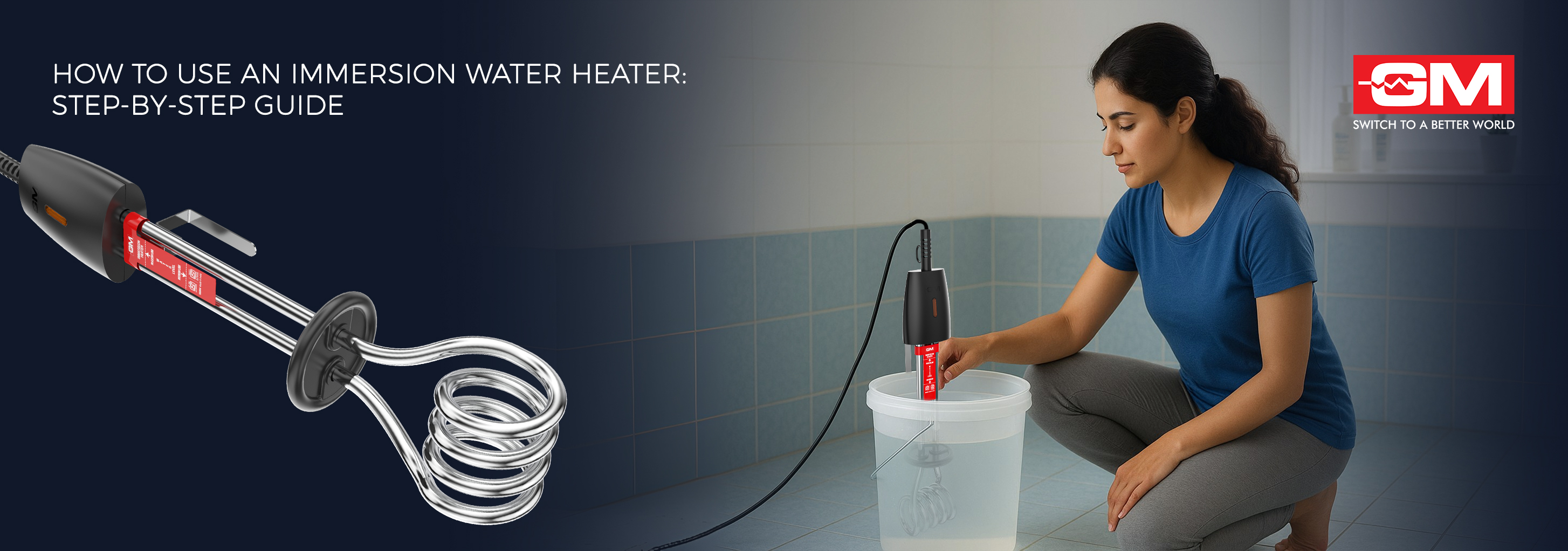
In India, where boiling water isn't just a seasonal need but a daily ritual in many households, the immersion water heater has quietly held its place as the humble workhorse of heating appliances. Be it for a warm bath on a winter morning or quickly heating water for cleaning, this rod-like gadget has proven to be a lifesaver, especially in areas where geysers are either too expensive or simply not feasible.
But as common as they are, many people still don’t know how to use an immersion water heater correctly. That’s where the problem begins. Used incorrectly, it can not only damage the appliance but also pose a serious safety risk to the user.
If you’ve recently bought one, are planning to buy one, or just want to make sure you’re not accidentally electrocuting yourself every time you dip it in a bucket, this is for you. Let’s understand the details, from what it is to how to use it the safe and smart way. However, to begin with, let’s understand what an immersion rod is.
What is an Immersion Rod?
Before we get into the nuts and bolts, let’s cover the basics. An immersion water heater is an electric appliance used to heat water by directly immersing it in the container. It's compact, easy to use, portable, and budget-friendly. When plugged into a power socket, the rod gets hot and begins transferring that heat to the surrounding water.
How to Use an Immersion Water Heater
Here is a detailed breakdown of how to use a water heater rod safely and effectively:
1. Choose the Right Bucket
Use a bucket that is heat-resistant and preferably made of metal. While a lot of people look up "how to use a water heater rod in a plastic bucket," it’s important to remember that plastic buckets can sometimes deform or melt under high heat. If using plastic, ensure it is heavy-duty and heat-tolerant.
2. Fill the Bucket with Water First
Never plug in the immersion rod before placing it in water. Always start by filling your bucket or container with water first. The coil must always be fully submerged in water before the power is turned on.
3. Immerse the Rod Fully
Make sure the heating coil of the water heater rod is completely under water. The water level should always be above the marked "minimum level" on the rod. Do not allow the coil to be partially exposed, as it can damage the rod and pose a fire or shock hazard.
4. Hang It Safely
Use the hook or clip provided with the rod to safely hang it on the edge of the bucket. Avoid direct contact with the bucket's base or sides. This ensures even heating and avoids damage to your bucket.
5. Plug It In
Once the rod is securely immersed in water, plug it into a safe, properly grounded socket. Avoid using extension cords, and keep the plug away from any water splashes.
6. Monitor the Heating
Stay nearby while the water is being heated. Most immersion rods do not have an auto-cut-off feature. Heating typically takes about 10-15 minutes, depending on the water quantity and room temperature.
7. Unplug BEFORE Removing
Before you even touch the water or the rod, unplug it. This is the most critical step. A plugged-in rod in water is a live wire; do not risk it.
8. Let It Cool
After unplugging, allow the rod to cool for a minute or two. Then remove it gently from the water, avoiding direct contact with the coil.
9. Store It Safely
Wipe the rod dry with a clean cloth and store it in a safe, dry place. Avoid wrapping the cord tightly around the rod, as this may damage the wires over time.
If you’re planning a water heating upgrade, check our blog on the Different Types of Water Heaters for Your Home to find the best option for you.
Why you should use an Immersion Water Heater
-
Affordable: Compared to geysers, immersion water heater rods are far more pocket-friendly.
-
Energy-Efficient: They consume electricity only when in use, unlike some water heaters that remain on standby.
-
Portable: Great for travel or hostels, they can be carried and used wherever there’s a plug point.
-
Quick Heating: Can heat water relatively fast, especially in smaller quantities.
Tips for Better Safety and Longevity
-
Avoid using extension cords unless they're heavy-duty. Cheap extensions may not handle the high wattage.
-
Don’t leave it unattended for too long. Overheated water can damage the bucket and the rod.
-
Never allow children to use it unsupervised.
-
Always check for frayed cords or broken plugs before using.
-
After every few uses, wipe the coil with a dry cloth once cooled. This helps reduce mineral buildup.
-
Always ensure the rod is completely submerged before turning it on.
-
Never touch water when the rod is plugged in.
-
Keep pets away while it’s in use.
-
Unplug before removing.
-
Avoid using damaged cords or cracked rods.
-
Don’t leave it unattended for long.
Learning how to use an immersion water heater isn’t rocket science, but it does demand attention. With the right precautions and safe habits, it can be your best ally for warm water without burning a hole in your wallet.
Also Read: Know What is an Instant Water Heater and How It Works
Frequently Asked Questions
Q. Can I use a water heater rod in a plastic bucket?
Yes, but only if the plastic bucket is heat-resistant. Otherwise, it’s safer to use a metal one to prevent melting or deformation.
Q. How long does it take to heat water using an immersion rod?
Typically, it takes 10-15 minutes to heat a bucket of water. The exact time can vary depending on water quantity and ambient temperature.
Q. Is it safe to leave the immersion rod unattended?
No, most rods don’t have auto shut-off. Always monitor while in use and unplug immediately after heating.
Q. What should I look for when buying a water heater rod?
Look for ISI certification, a heat-resistant handle, a long cord, and a safety hook. Also, compare water heater rod price and brand reviews before purchasing.
Related Blogs
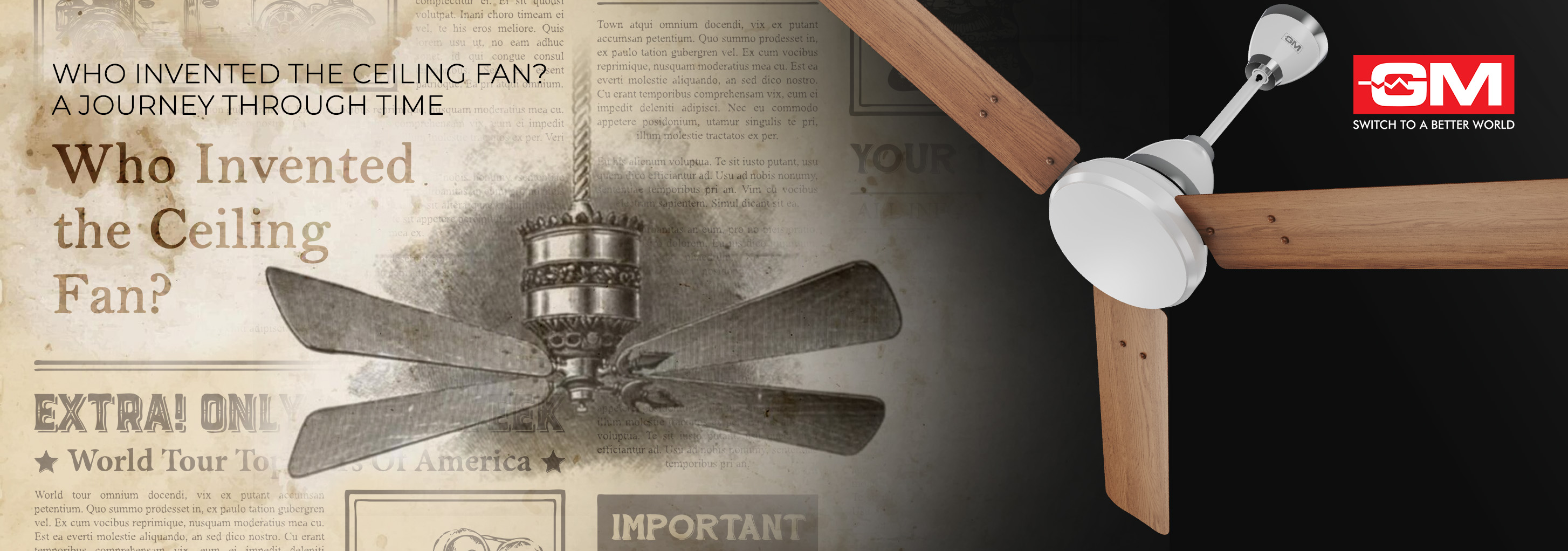
Who Invented the Ceiling Fan? A Journey Through Time
Ceiling fans are a quiet yet transformative part of life at home, offering comfort, style, and energy savings all year round. But not many of us know about the invention of the ceiling fan and how this humble device revolutionised modern living. To a
Read More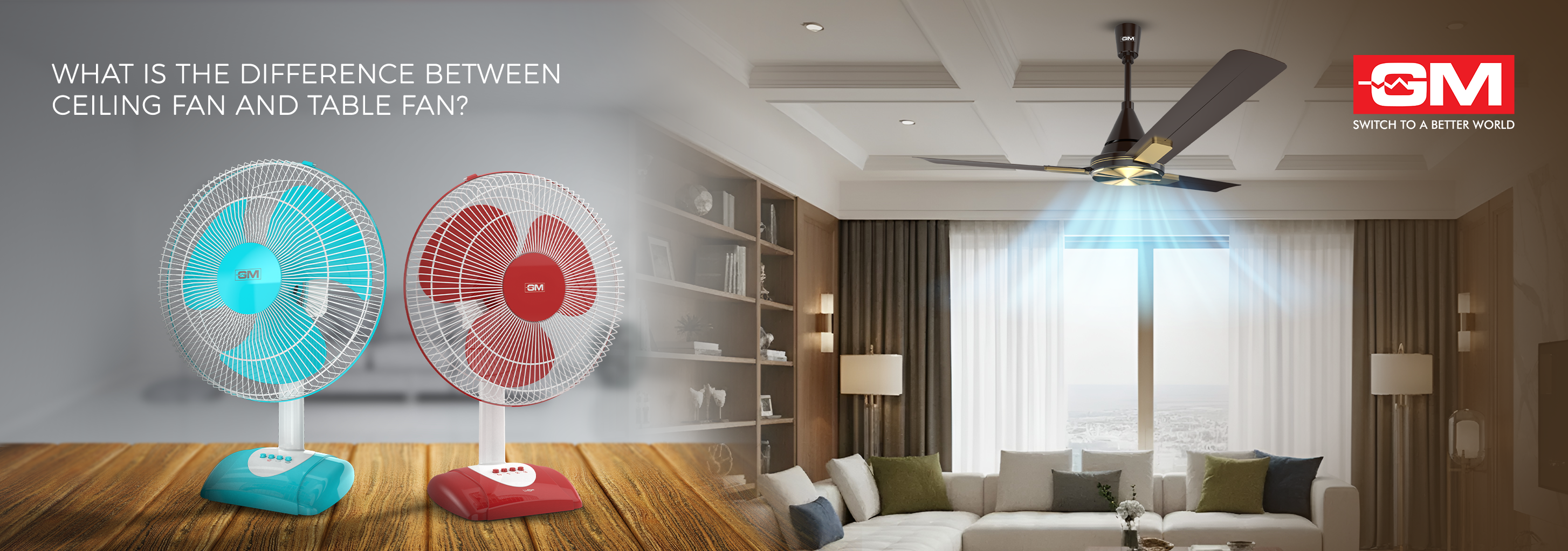
What is the Difference Between a Ceiling Fan and a Table Fan?
Fans are easy to use and save energy, so most people use them to keep a room cool and comfortable. But before you buy one, you should know what makes a ceiling fan different from a table fan. They both move air, but they do it in very different ways
Read More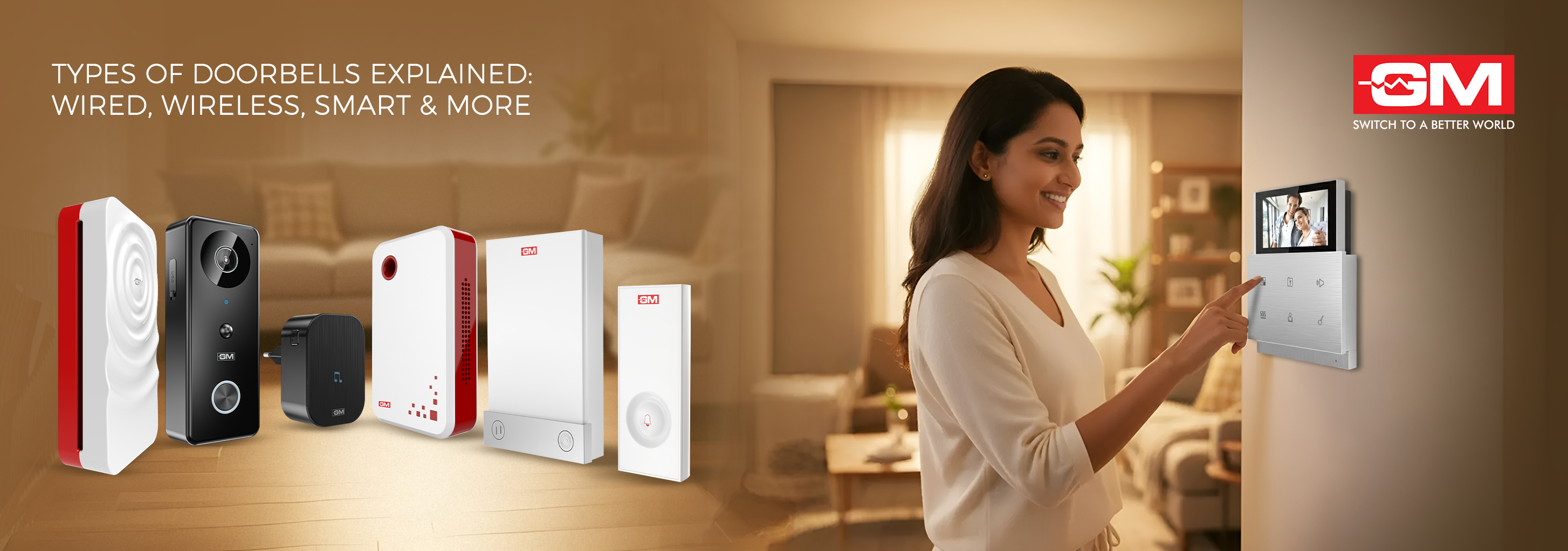
Types of Doorbells Explained: Wired, Wireless, Smart, and More
A doorbell is one of the most important parts of a home or office, but it's also one of the most common things that people forget about. It not only lets visitors know you're home, but it also makes your space more convenient, safe, and stylish. The
Read More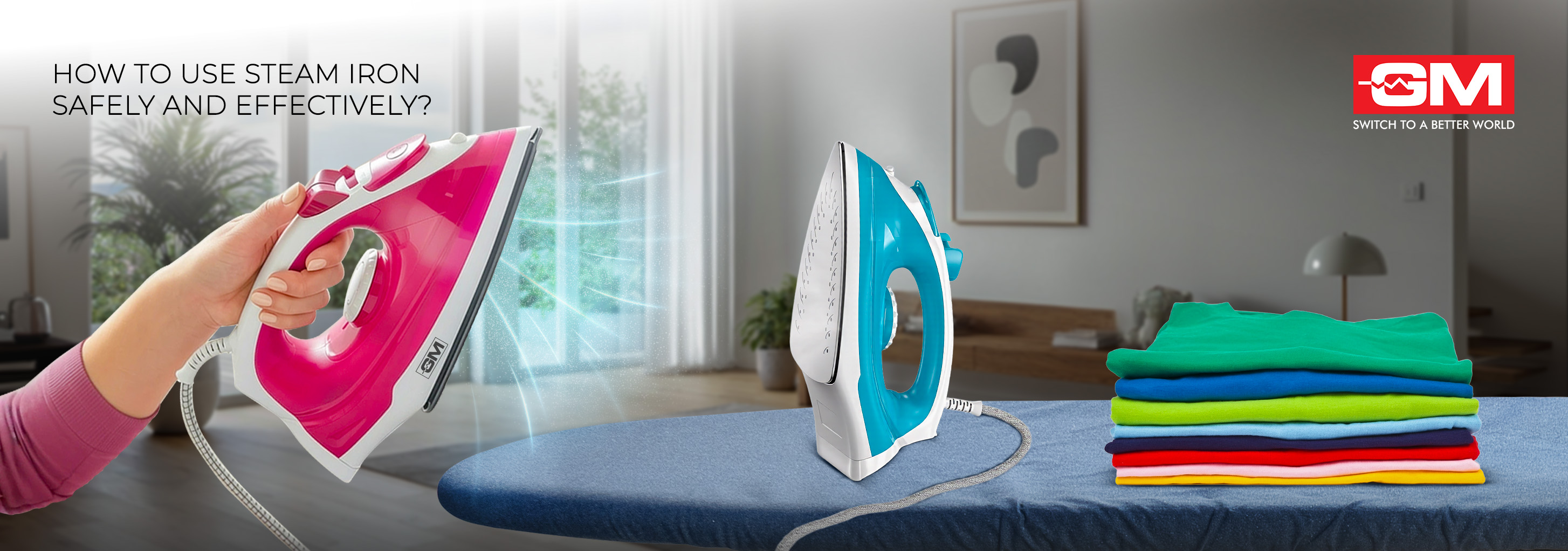
How to Use a Steam Iron Safely and Effectively?
No matter if you're going to work, a meeting, or a party, wearing a crisp, wrinkle-free outfit can boost your confidence right away. But you need to know how to use a steam iron correctly to get that perfect finish. A steam iron isn't just another ap
Read More